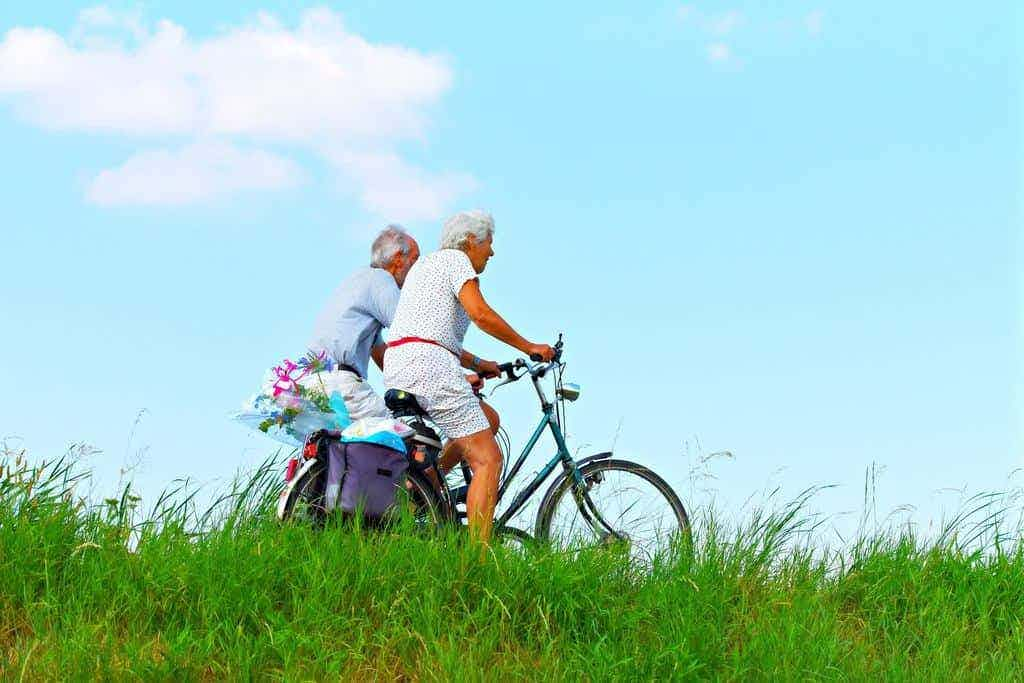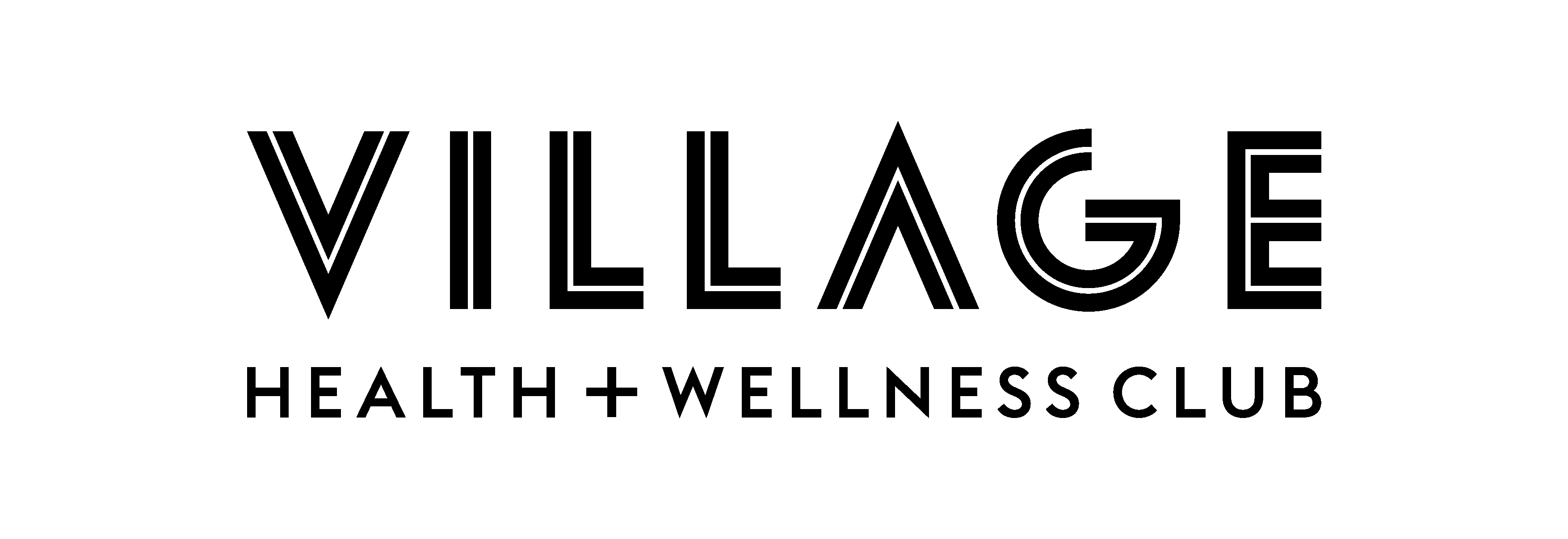According to UK government statistics, during the period 2017-2018, 35% of adults over the age of 45 were not physically active, and 40% of adults aged between 55-64 did no exercise. A further 43% of adults aged 65-74 were also inactive. We are the first generation in history to need to build physical activity into our everyday lives.
Ready to transform your life? Whether you're looking for a new pair of running shoes or some shiny home gym equipment, you can find everything you need to fuel your fitness journey with our partner brands.
These worrying levels of inactivity in over 50s contribute to:
- Obesity.
- Type 2 diabetes.
- Cancer.
- Heart disease.
- High blood pressure.
Older adults who aren’t physically active are also more prone to developing osteoporosis, having reduced ability to balance, and experience more falls.
The benefits of exercise as we age
As you age, you lose muscle mass, and doing regular exercise can help to slow down the loss of muscle; you will also burn more calories at rest, which helps to prevent weight gain.
Many seniors who stop exercise also suffer from ill mental health because they’re no longer able to get out and see friends, or do their hobbies. Regular exercise can help you become stronger and fitter, enabling you to get back to doing the things you could do when you were younger. It allows you to stay sharp and gives a boost to your confidence and self-esteem.
How much exercise should you do?
It’s imperative to be as active as possible, especially when you’re over 65. Doing simple things like cleaning, dusting, or moving around your home counts as light activity. Unfortunately, light exercise alone isn’t enough, and UK NHS guidelines recommend that adults do at least 150 minutes of moderate aerobic activity every week, or 75 minutes of vigorous-intensity activity. You should also do exercises that improve your strength, flexibility and balance at least twice per week.
Many of you may not like exercise, and perhaps this is because you don’t like running or going to the gym. The good news is that doing enjoyable things like dancing or hiking count as moderate-intensity exercise.
What else counts as moderate aerobic activity?
Moderate aerobic activity, or moderate-intensity activity, is exercise which raises your heart rate, makes you breathe faster, and feel warmer. An easy way to tell if you are working at this level of intensity is if you can still talk, but not shout or sing.
Moderate aerobic activity could be:
- Hiking.
- Pushing a lawnmower.
- Brisk walking.
- Dancing.
- Cycling.
- Water aerobics.
- Doubles tennis.
What is vigorous-intensity activity?
Vigorous-intensity activity is exercise which makes you breathe hard and fast and significantly increases your heart rate. When working at this level, you should only be able to talk a bit, and need to pause to say more than a few words.
Vigorous activity includes:
- Aerobics.
- Singles tennis.
- Running or swimming quickly.
- Riding a bike fast, or up hills.
- Playing football.
- Vigorous dancing.
- Martial arts.
Vigorous activity allows you to benefit from significantly greater levels of EPOC (Excess Post-Exercise Oxygen Consumption), or the ‘afterburn effect’. EPOC means even hours after you have stopped doing exercise, your body continues to burn calories to replenish its fuel stores and repair damaged muscle tissue. EPOC is one of the reasons why good personal trainers and fitness instructors encourage people to work at a higher level of intensity at the gym.
What if all forms of exercise are difficult for you?
If you have impaired mobility because of a disability or injury, or you’ve become so weak that it’s hard to do basic everyday things, you should aim to be as active as possible. Try to do a light activity every day, which can include things like:
- Vacuuming.
- Making the bed.
- Moving around your home.
- Regularly getting up from your chair.
- Walking slowly.
- Cleaning and dusting.
- DIY.
- Light gardening.
Doing some form of activity is better than doing nothing at all. You should aim to be as active as possible during the day, and don’t stay at home in front of the TV all day.
Best exercises for over 50s
When you’re over 50, it’s better to choose a low-impact exercise that doesn’t involve lots of running or jumping. Because of genetics and lifestyle factors, some older people will be able to run without getting injuries, but many will find that it’s too hard on their joints. It’s much better if you can find an activity that you enjoy, such as kayaking or hiking.
Here are some other ideas which you could integrate into your lifestyle:
Cycling
Cycling is great because you’re out in the fresh air, and just a few miles of hills and valleys will get the blood pumping around your body. Cycling involves using your whole body, and the resistance your arms get makes your bones stronger. You will also build up muscle on your legs, which helps to burn calories when resting.
Jogging
If you’re free of injuries and take it steady, jogging could become part of your routine. It can give you a real confidence boost and improve your mental health. It’s OK if you take walking breaks while jogging, and it’s better to build up your mileage as you become fitter. Include regular strengthening and stretching exercises to prevent injuries, and it’s better for your joints if you run on a soft surface, like grass.
Dancing
Dancing is another way to get in some moderate-intensity exercise. It could be ballroom dancing, lindy hop, salsa, or aerobics-based dancing like Zumba. By dancing regularly, your levels of endurance will improve, and it strengthens your muscles and improves your balance. You might find a date too!
Golf
Golf is fantastic exercise for seniors because a round of golf involves a lot of walking -up to 6 miles for an 18-hole course! Not only can it improve your balance and strength, but it’s also great for your mental well-being if you do it with friends. While using a cart to get around the course is less effective, you will still get some health benefits from playing.
Keep your body moving, and strengthen your muscles
The primary message from the guidelines in this post is to be active every day and incorporate strength and flexibility exercises into your routine. Although not essential, you could go to a gym to do some strength training, but if the gym isn’t your cup of tea, you could do strength work at home with dumbbells or resistance bands. Doing activities such as tai chi, yoga, or gardening can also help to improve your strength.
If you’re experiencing pain or exhibiting other symptoms during or after exercise, you should stop what you’re doing and seek medical attention.
With Scan.com, you can take action quickly and put your mind at ease.
Choose from 10 scan types at over 250 clinics nationwide and get the answers you need so you can continue looking after your health.
Visit Scan.com now to learn how it works and book your scan.









